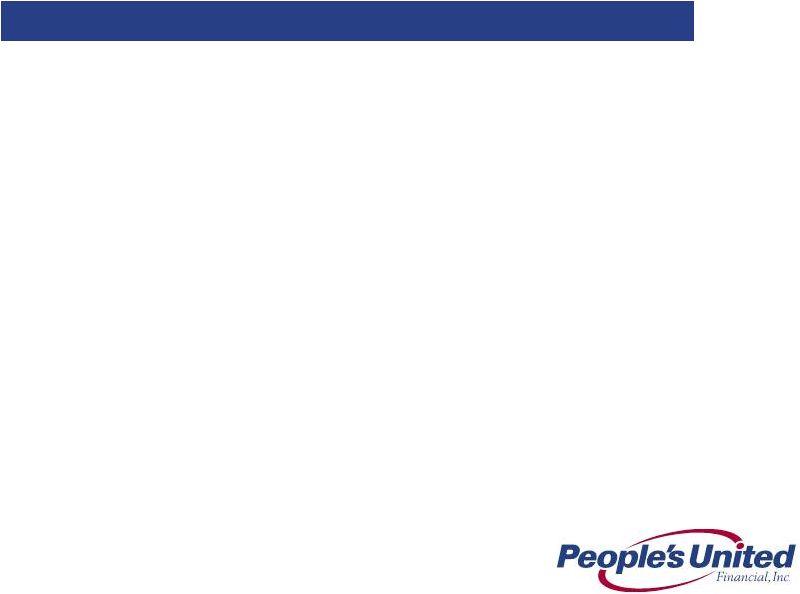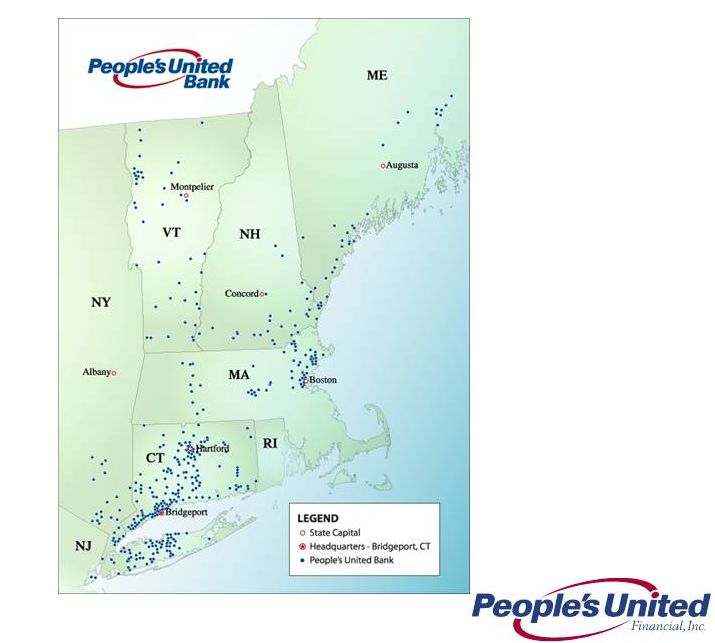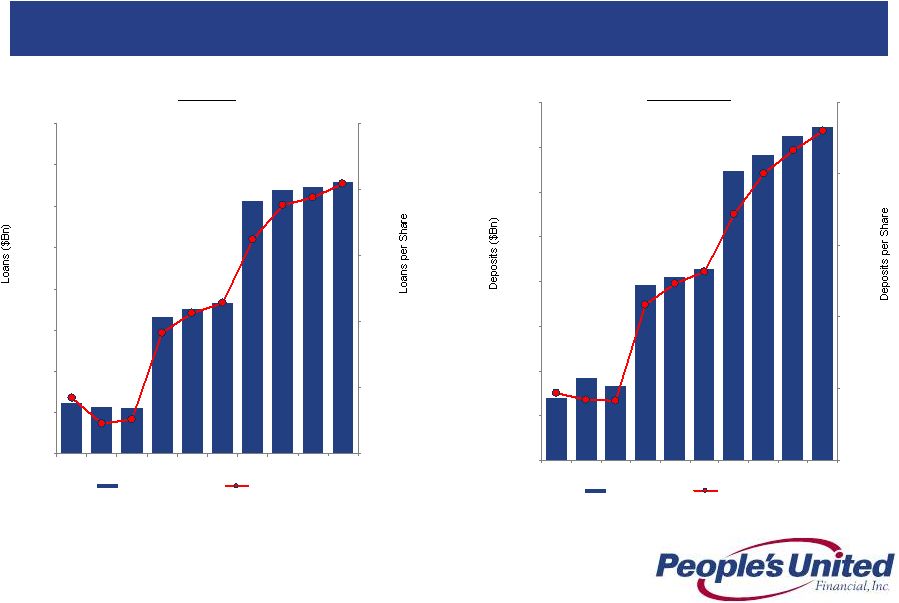Free signup for more
- Track your favorite companies
- Receive email alerts for new filings
- Personalized dashboard of news and more
- Access all data and search results
Filing tables
Filing exhibits
PBCT similar filings
- 26 Nov 12 Other Events
- 29 Oct 12 Certain statements contained in this release are forward-looking in nature. These include all statements
- 19 Oct 12 People’s United Financial Reports Third Quarter Operating Earnings of $0.19 Per Share; Net Income of $0.18 Per Share
- 11 Sep 12 Barclays Global Financial Services Conference
- 31 Jul 12 Certain statements contained in this release are forward-looking in nature. These include all statements
- 20 Jul 12 People’s United Financial Reports Second Quarter Operating Earnings of $0.20 Per Share; Net Income of $0.19 Per Share
- 25 Jun 12 People’s United Bank Completes Acquisition of 57 Branches In Metro New York Area
Filing view
External links
















